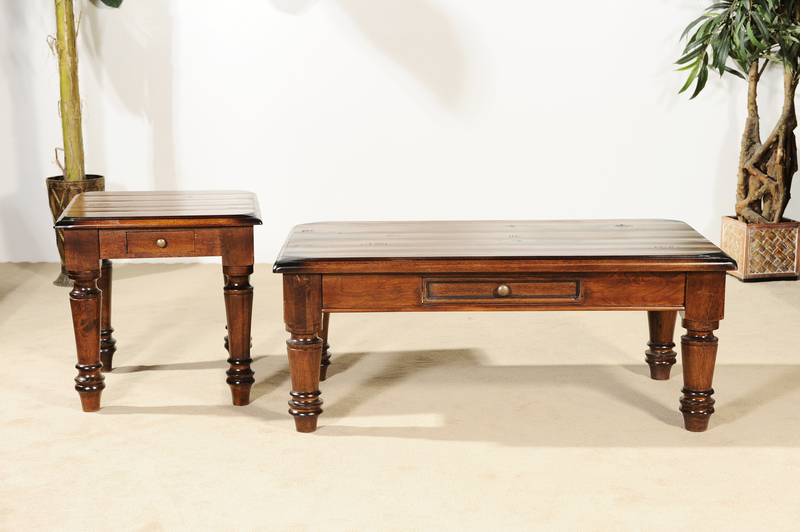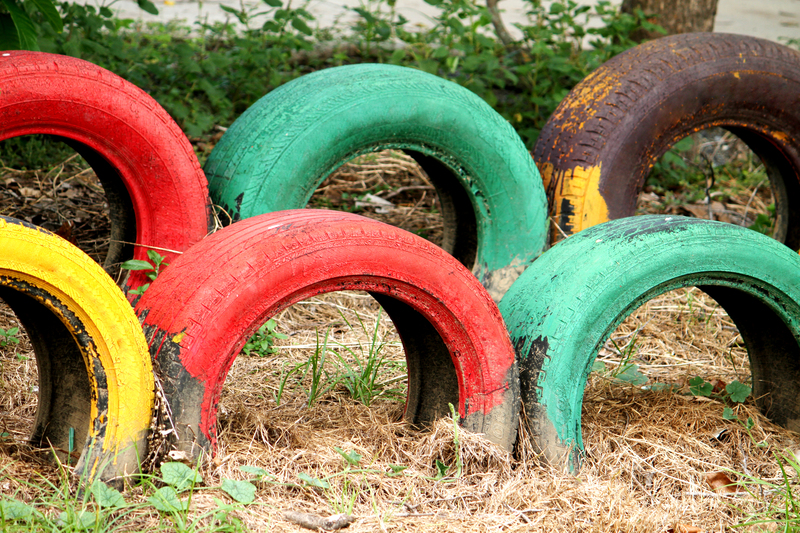Sustainable Strategies for Pots and Pans Disposal
Are you staring at that old frying pan or battered pot, wondering what to do with it? Throwing kitchenware in the trash is both wasteful and environmentally harmful. Fortunately, there are many sustainable strategies for pots and pans disposal that protect our planet and sometimes even benefit your community. In this guide, we'll explore creative, eco-friendly, and responsible options for getting rid of unwanted cookware with minimal environmental impact.

Why Traditional Pots and Pans Disposal Is Problematic
Many households simply toss their old cookware into the trash, but this is far from sustainable. Cookware often contains metals, nonstick coatings, and synthetic materials that do not biodegrade easily. Moreover, when sent to landfill, these materials can contribute to long-term pollution problems and resource waste.
- Metal pots and pans waste valuable resources that could be recycled.
- Nonstick coatings can contain chemicals that leach into the soil and water.
- Landfill overcrowding exacerbates the environmental footprint of kitchenware disposal.
Implementing eco-friendly cookware disposal methods is crucial for conserving resources and protecting the environment.
Assessing the Condition of Your Cookware
Before deciding how to dispose of your pots and pans, evaluate their condition:
- Like New: Hardly used, fully functional, and free from damaging coatings.
- Usable: Shows signs of wear, but can still perform its intended function.
- Damaged or Unusable: Warped, broken handles, or flaking nonstick surfaces.
The condition will impact whether they can be reused, donated, or should be responsibly recycled.
Donation: Giving Cookware a Second Life
If your pots and pans are still in working order, donation is one of the best sustainable strategies for cookware disposal. Passing items along to someone who needs them extends their lifespan and keeps them out of landfill. Here's how:
Charity Organizations
- Check with local thrift stores, such as Goodwill, Salvation Army, or Habitat for Humanity ReStores.
- Women's shelters, food banks, and soup kitchens often welcome kitchenware donations.
- Always call ahead to confirm the organization accepts pots and pans, as some may have restrictions on nonstick items.
Freecycle and Community Boards
- Freecycle allows you to list usable items for free removal by others.
- Community Facebook groups, Nextdoor, and Craigslist can help you reach neighbors in need.
By donating, you are not only reducing waste but also supporting those who might be unable to afford new cookware.
Recycling Old Pots and Pans
Cookware that has reached the end of its useful life often contains recyclable materials. The sustainable disposal of metal pans and pots through recycling helps recover valuable metals like aluminum, stainless steel, and copper.
How to Recycle Metal Cookware
- Check with Local Recycling Centers: Not all curbside recycling programs accept cookware because of its size and mixed materials. Contact your local facility or search their guidelines online.
- Scrap Metal Yards: Many accept most types of metal cookware, even with nonstick coating or plastic handles. If possible, remove any non-metal parts beforehand.
- Special Collection Events: Watch for community events that collect household metal items for recycling.
Points to Consider for Sustainable Recycling
- Nonstick pans: Some recycling centers cannot accept Teflon or similar coatings due to chemical concerns.
- Mixed materials: Remove handles, lids, and any rubber or plastic components before recycling to improve acceptance.
- Cookware brands: Certain brands, such as TerraCycle (in partnership with Calphalon), have take-back programs for their own products.
Creative Repurposing and Upcycling Cookware
Got a pan that's too battered for the stove? Repurposing is another sustainable pan disposal method. Get creative and turn your old cookware into something new and useful!
Upcycling Ideas for Old Pots and Pans
- Planters: Drill holes in the bottom, paint them, and grow herbs or flowers.
- Wall decor: Attach to walls as rustic shelves or holders for utensils.
- Bird baths or feeders: Unusual, wildlife-friendly additions to your yard.
- Storage bins: Use for organizing craft materials, office supplies, or garage tools.
- Craft projects: Turn lids into wreath bases or pan bottoms into clocks.
Upcycling keeps materials in use and decreased the demand for new products, aiding environmental sustainability.
Manufacturer Take-Back and Mail-In Programs
Some cookware brands and companies are stepping up with sustainable cookware take-back programs. These initiatives aim to close the loop by accepting used products for proper recycling or repurposing.
- Calphalon: Partners with TerraCycle for a mail-in recycling program for old cookware, regardless of brand.
- GreenPan: Periodically offers own recycling initiatives for their ceramic nonstick pans.
- Local retailers: Some kitchenware stores may occasionally run collection drives for old pots and pans.
Always check the manufacturer's website for current recycling programs or inquire at your local kitchenware retailer.
How to Properly Dispose of Nonstick and Specialty Cookware
Not all cookware is created equal when it comes to environmental impact and disposal:
Nonstick Cookware (Teflon, Ceramic)
- Do not throw in curbside recycling: Nonstick coatings often contain chemicals (like PTFE) which may contaminate recycling streams.
- Check with hazardous waste facilities: Some locations accept coated pans as household hazardous waste due to the potential for chemical leaching.
- Mail-in recycling programs: As discussed, companies like Calphalon and TerraCycle can handle these safely.
Cast Iron and Stainless Steel
- Highly recyclable: Cast iron, steel, and copper pans are perfect for scrap metal yards.
- Repair instead of toss: Cast iron can often be reseasoned or repaired for decades of use.
Enamel-Coated and Aluminum
- Enamel: Not all scrap yards accept enamel-coated pans because of the glass coating, but some do. Call ahead to check.
- Aluminum: Usually recyclable, but double check for any non-metal attachments.
DIY Repair and Refurbishment Before Disposal
Before disposing of pots and pans, attempt simple repairs to extend the life of your cookware:
- Tighten loose handles or replace screws/nuts.
- Use food-safe oil to re-season cast iron or carbon steel pans.
- Polish stainless steel to remove stains and restore shine.
- Remove surface rust with baking soda and a scrub pad.
Refurbishing is a sustainable disposal strategy that saves money and prevents unnecessary waste.
Responsible Disposal: What NOT to Do
- Don't put pots and pans in the regular garbage. Metals can take centuries to break down, and coatings may be harmful.
- Avoid putting cookware in curbside recycling unless specifically accepted.
- Don't burn or bury nonstick pans. This releases hazardous fumes and poisons soil.
How to Find Sustainable Pots and Pans Disposal Services Near You
If you're unsure where to take your old cookware, here are some tips for finding the most sustainable local disposal options:
- Search for "metal recycling near me" or "scrap metal yard [your city]" to locate facilities accepting cookware.
- Use online tools such as Earth911 or your town's waste management website for guidelines.
- Call or visit municipal hazardous waste or recycling centers to check whether they accept your items.
- Look for community swap events or donation drives.

The Benefits of Sustainable Pots and Pans Disposal
Implementing eco-friendly strategies for getting rid of old cookware yields significant social and environmental benefits:
- Reduces landfill waste: Keeps heavy metals and toxics out of our soil and water.
- Conserves resources: Recycling metal cookware returns valuable materials to the production chain.
- Supports communities: Donations help low-income families, shelters, and nonprofits.
- Fosters creativity and sustainability: Upcycling fosters responsible consumer habits and DIY spirit.
Sustainable Alternatives: Choosing Eco-Friendly Cookware
Disposal isn't the end of your cookware's story. When you're ready to buy new pots and pans, opting for eco-friendly cookware can further minimize your environmental impact:
- Look for durable, long-lasting materials: Cast iron, stainless steel, and copper can last decades or even centuries.
- Avoid synthetic coatings: Choose ceramic or seasoned iron over traditional nonstick.
- Buy secondhand: Thrift stores and online marketplaces often carry high-quality used cookware.
- Support brands with take-back or recycling programs.
Conclusion: Small Steps, Big Impact
Embracing sustainable strategies for pots and pans disposal helps conserve resources, reduce pollution, and support our communities. By donating, recycling, upcycling, or properly disposing of your old cookware, you contribute to a healthier planet - and perhaps inspire others to do the same. Next time you clean out your kitchen, remember: responsible cookware disposal isn't just eco-friendly, it's a step toward a more sustainable lifestyle.
- Donate usable cookware whenever possible
- Recycle metals and use take-back programs for nonstick and specialty items
- Get creative with upcycling projects
- Choose sustainable cookware for future purchases
Together, we can turn pots and pans disposal into a force for positive environmental change!